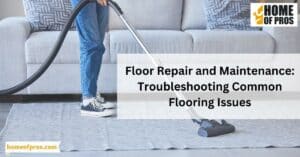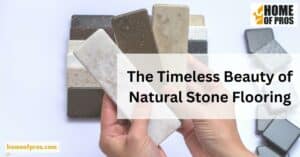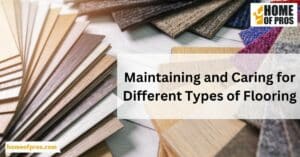Finding the perfect flooring for allergy sufferers can be a tough job. With so many materials to choose from, it can be overwhelming to know where to start. However, selecting flooring that reduces allergens in your home is important to keep you and your family healthy.
If you suffer from allergies, choosing the right flooring can make a huge difference in reducing allergens in your home. From hardwood to cork and tile, there are many allergy-friendly options available that can help improve air quality and promote better health.
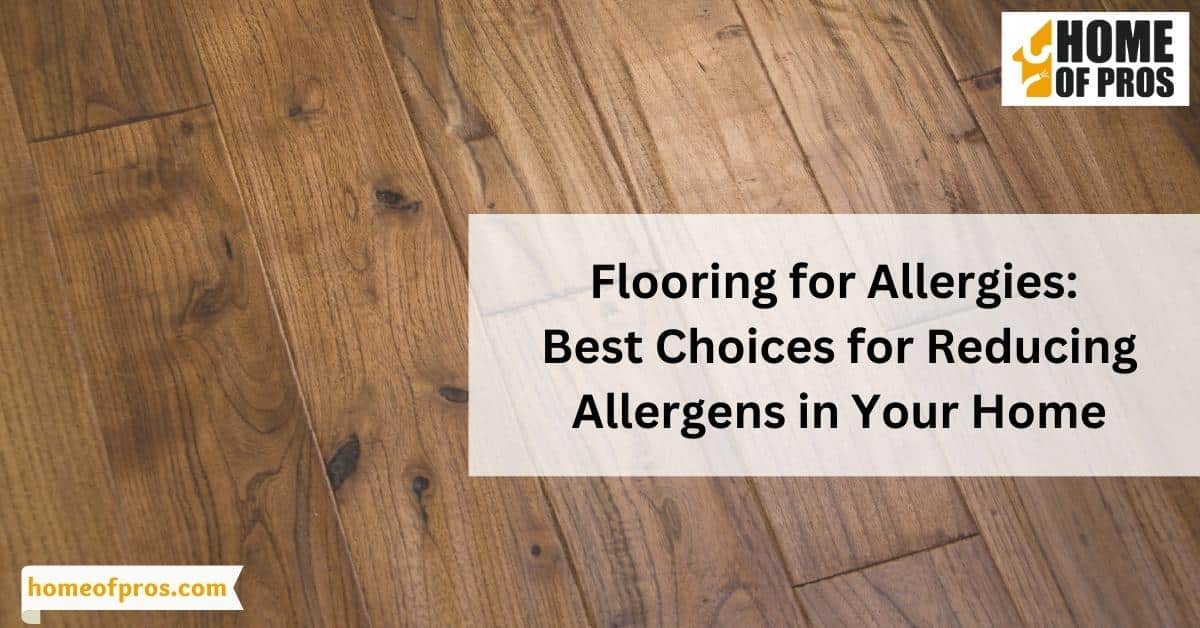
1. Hardwood Flooring
As homeowners, we understand the importance of keeping our living spaces clean and healthy for ourselves and our loved ones. For those with allergies, this task can be particularly challenging. Thankfully, choosing the right flooring can make a significant impact on reducing allergens in your home.
Hardwood flooring has proven to be an excellent choice due to its non-porous surface, which doesn’t trap allergens like carpet or tile. It’s also easy to clean and maintain, ensuring that your home remains allergen-free for years to come.
When selecting hardwood flooring for allergies, it’s essential to opt for a style with a smooth finish, which will minimize the number of cracks and crevices where dust and pollen can accumulate.
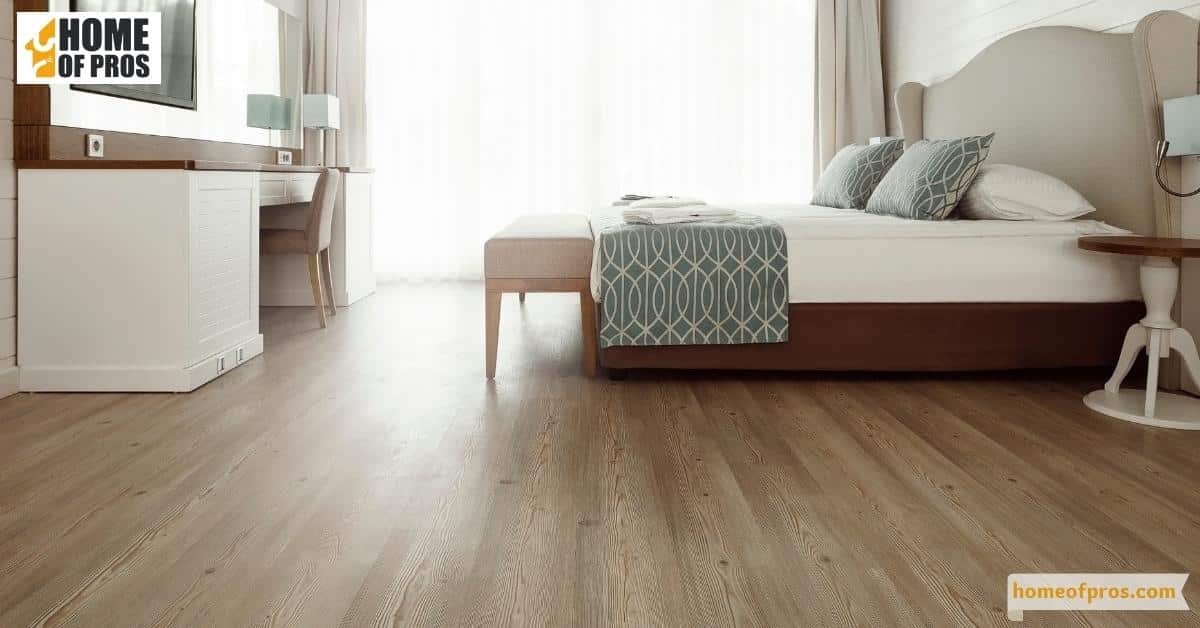
2. Cork Flooring
Cork flooring is an incredible option for those seeking relief from allergies. Renowned for its hypoallergenic properties, cork flooring is resistant to mold, mildew, and other common allergens found in many homes. Its unique cellular structure repels dust mites and pet dander, making cork flooring a great choice for anyone with respiratory issues.
Not only is cork a healthy choice, but it’s also an eco-friendly one. Harvested from the bark of the cork oak tree, this renewable resource is a great way to reduce your carbon footprint.
Additionally, cork flooring is exceptionally durable and easy to clean, making it an excellent investment for any home. Overall, cork flooring is an excellent choice for reducing allergens and maintaining a healthy, breathable indoor environment.
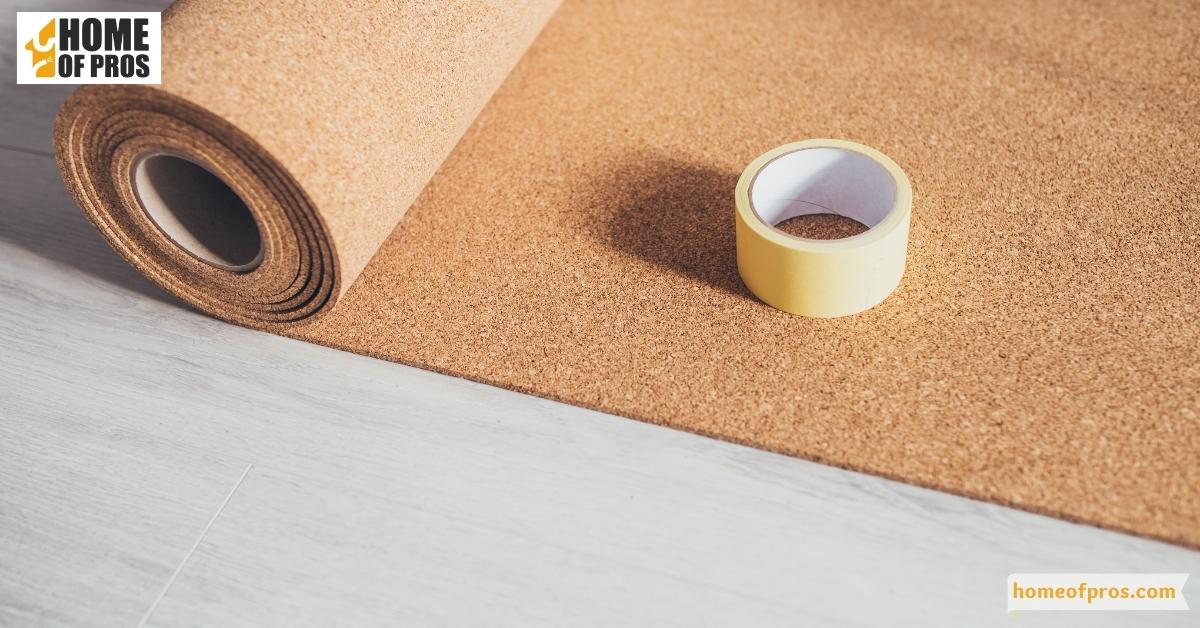
3. Tile and Stone Flooring
Tile and stone flooring can be an excellent choice for those who suffer from allergies. Unlike carpet and other types of flooring, tile, and stone don’t trap dust, dirt, and other allergens that can be hard to remove.
This means that you can keep your home cleaner and reduce the risk of triggering allergy symptoms. Additionally, tile and stone flooring are easy to maintain and can last for years, making them a great investment for any home.
To further reduce allergens, consider using sealants or coatings on your tile and stone floors, which can help prevent moisture buildup and reduce the risk of mold growth. Overall, if you’re looking for a flooring option that can help you breathe easier and stay healthy, tile and stone are some of the best choices available.
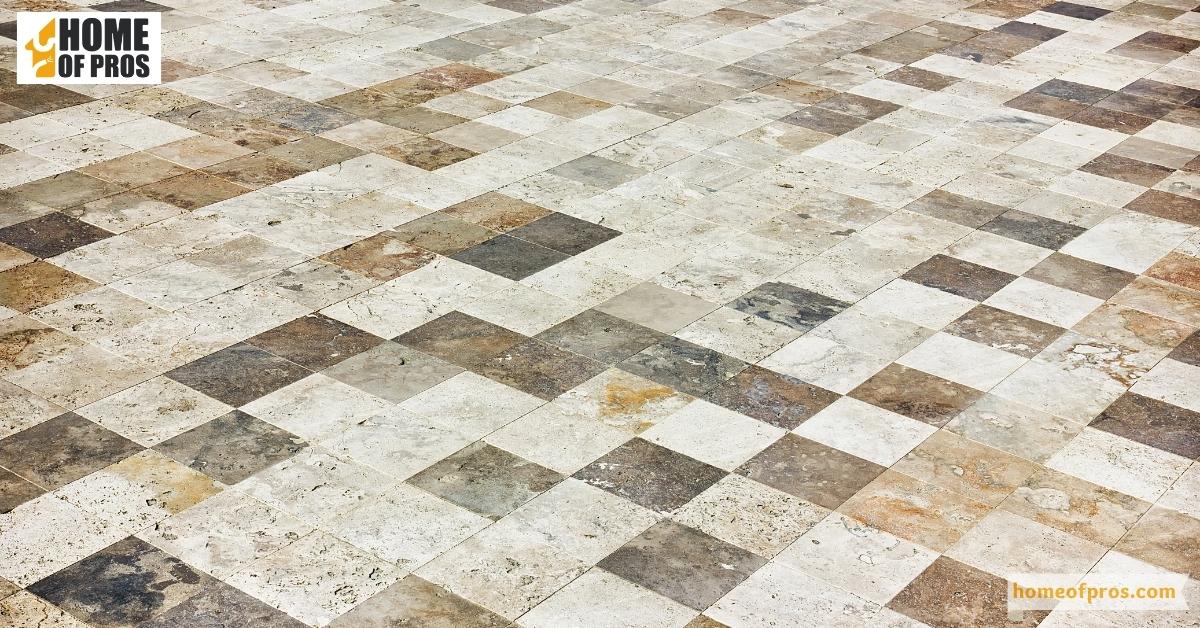
4. Laminate Flooring
Laminate flooring has become a popular choice for homeowners seeking a durable and low-maintenance flooring option. However, for those who suffer from allergies, the type of flooring can make a significant impact on their overall health and well-being. Luckily, there are several types of laminate flooring that can help reduce allergens in the home.
When selecting laminate flooring for allergies, it is essential to look for options with low VOCs (Volatile Organic Compounds) and no added formaldehyde. Additionally, selecting laminate flooring with an underlayment that has a moisture barrier can help prevent the growth of mold and mildew.
By choosing the right laminate flooring option for your home, you can create a clean and healthy living environment while still enjoying the beauty and durability of this popular flooring choice.
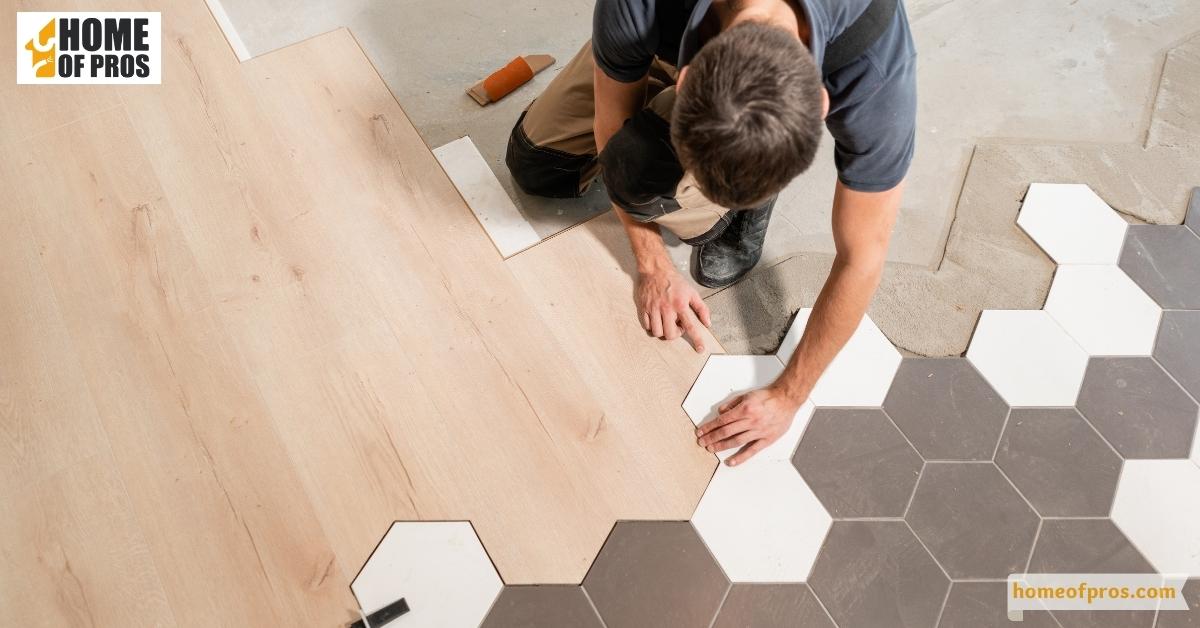
5. Vinyl Flooring
Allergies can be a constant worry in the home, especially for those with sensitive respiratory systems. Fortunately, with vinyl flooring, you can create a comfortable and safe space in your home that reduces the presence of allergens. Vinyl flooring is an excellent choice for anyone looking for a durable, cost-effective, and easily-maintained option for allergy sufferers.
Not only is vinyl flooring hypoallergenic, but it is also waterproof, which makes it impervious to molds, mildew, and bacteria- all of which can exacerbate allergy symptoms. Additionally, Vinyl flooring comes in a vast array of beautiful designs and patterns, allowing you to enjoy the benefits of a stylish and practical floor in your home.
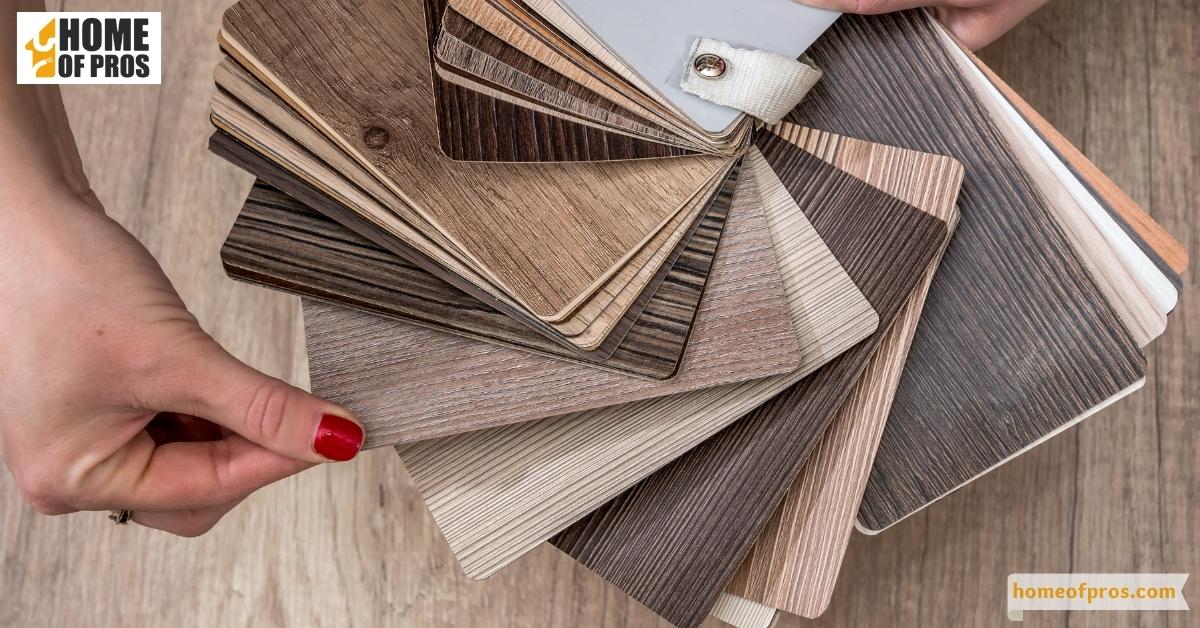
6. Carpeting and Allergies
If you suffer from allergies, you may be surprised to learn that the type of flooring you have in your home can make a difference in your symptoms. Carpeting, for example, can trap allergens such as dust and pet dander, making them easier to remove through regular vacuuming and cleaning. However, not all carpets are created equal when it comes to reducing allergens.
Low-pile or flat-weave carpets and those made with synthetic materials are often recommended as the best choices for allergy sufferers. It’s also important to regularly deep clean carpets to remove any trapped allergens and maintain a healthy home environment.
By choosing the right carpeting and taking care of it properly, you can reduce allergens in your home and breathe easier.
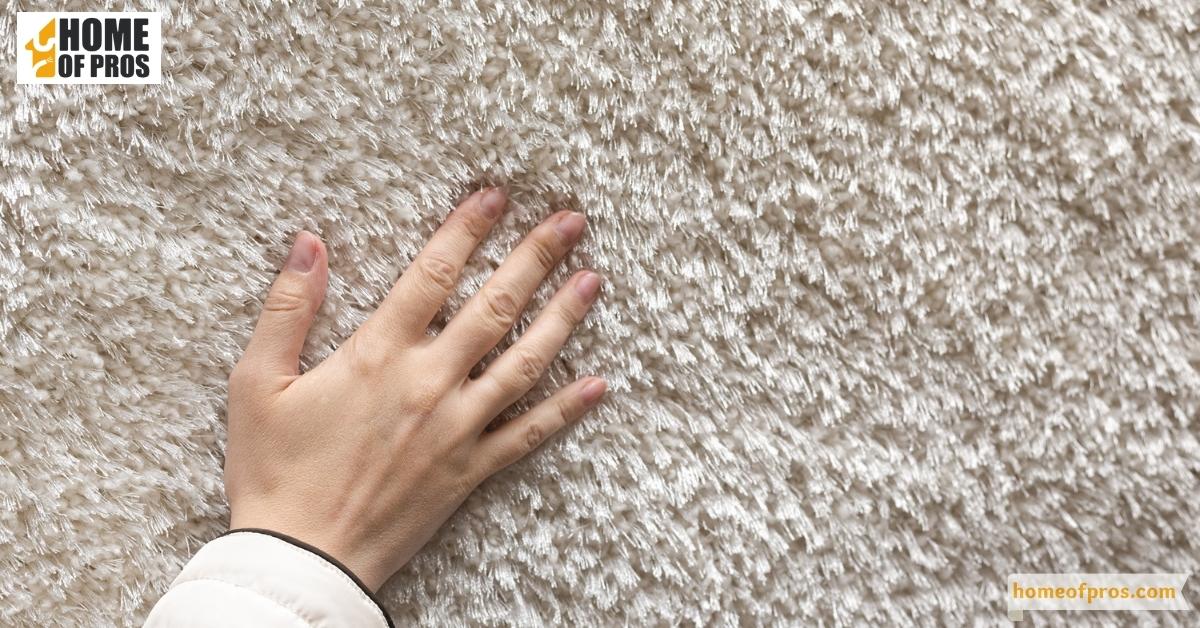
7. Allergy-Friendly Flooring Installation
As allergy sufferers know all too well, the importance of reducing allergens in the home can’t be overstated. One key area to focus on is flooring, as it can harbor dust, pet dander, and other potential irritants. If you’re looking for allergy-friendly flooring options, there are a few that stand out.
Hardwood flooring is a popular choice, especially if it’s sealed properly to prevent allergens from getting trapped in the wood grain. Tile and vinyl flooring are other options worth considering, as they don’t trap allergens and can be easily cleaned. Another great option is carpet made from low-pile or tightly woven fibers, which don’t trap allergens as easily as traditional carpeting.
By installing one of these allergy-friendly flooring options, you can take an important step toward reducing allergens in your home.
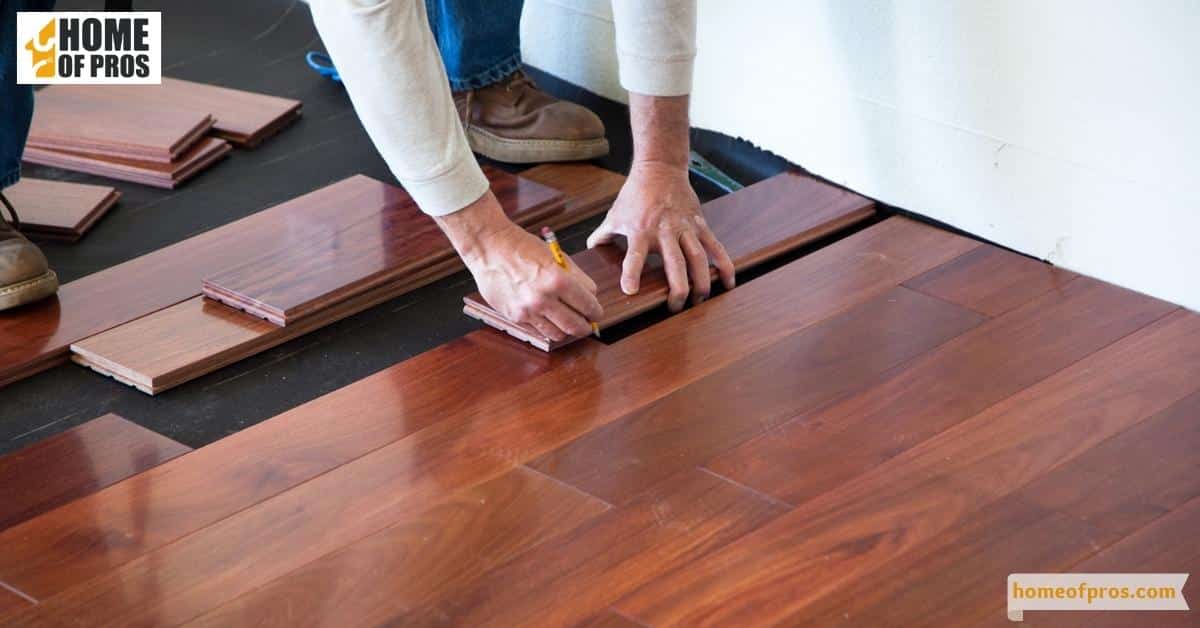
8. Maintenance and Cleaning
Maintaining a clean and allergen-free home is crucial for those with allergies. While it may seem daunting, there are a variety of cleaning options that can effectively reduce allergens in your home. Vacuuming with a HEPA filter and washing bedding regularly are two simple but effective ways to combat allergens.
Additionally, choosing cleaning products that are free of harsh chemicals and fragrances can significantly improve air quality. Air purifiers can also be a valuable tool in reducing allergens in your home. By taking these measures, you can create a cleaner and safer environment that promotes better health and well-being for you and your loved ones.

In conclusion
Reducing allergens in your home is crucial for those who suffer from allergies. By making some simple changes, such as regularly cleaning and dusting your home, choosing hypoallergenic bedding, and using an air purifier, you can drastically decrease the amount of allergens in your living space.
Additionally, it’s important to create a plan for managing allergy symptoms, whether it be with medication or by simply avoiding triggers.






